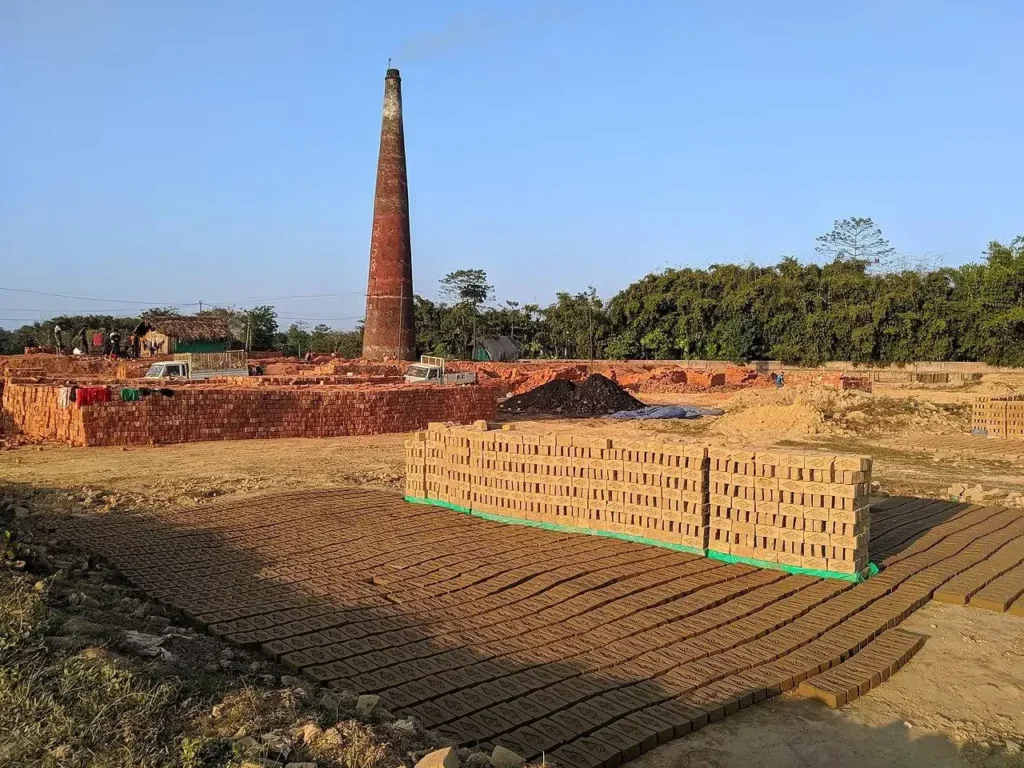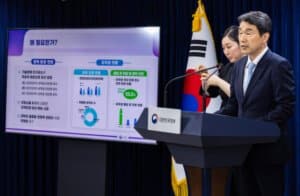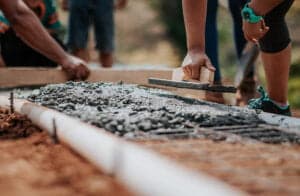Efficient Brick Kilns to Reduce Greenhouse Gas in Bangladesh

Brick production is a major source of greenhouse gas emissions in Bangladesh.Transitioning from traditional brick kilns to alternative brick production systems can indeed play a crucial role in reducing greenhouse gas emissions in Bangladesh. Besides the energy-efficient zigzag kiln technology, here are a few other alternative brick production systems:
1. Hybrid Hoffman Kilns (HHK):
Hybrid Hoffman Kilns are an improved version of the traditional Hoffman kilns. They incorporate elements of zigzag firing technology to enhance energy efficiency and reduce emissions. HHKs use a combination of direct and indirect firing to improve combustion efficiency and reduce fuel consumption. This technology can be a viable alternative for brick production in Bangladesh, offering a balance between efficiency and affordability.
2. Vertical Shaft Brick Kilns (VSBK):
Vertical Shaft Brick Kilns are designed to operate with a continuous firing process, which allows for better heat transfer and fuel efficiency compared to traditional kilns. VSBK technology can achieve significant reductions in greenhouse gas emissions and energy consumption while producing high-quality bricks. These kilns are particularly suitable for small to medium-scale brick production and can be adopted in various regions of Bangladesh.
3. Tunnel Kilns:
Tunnel kilns are another alternative for brick production, especially for large-scale operations. These kilns consist of a long, tunnel-like structure through which bricks are transported on carts. Tunnel kilns offer efficient heat distribution and combustion, resulting in reduced energy consumption and emissions compared to traditional clamp kilns. While tunnel kilns require initial investment and careful planning, they can provide long-term benefits in terms of emissions reduction and productivity.
4. Hybrid Kiln Systems:
Hybrid kiln systems combine multiple firing technologies to maximize efficiency and minimize emissions. For example, a hybrid system may integrate elements of zigzag firing, VSBK, and tunnel kiln technologies to optimize energy use and reduce environmental impact. By customizing kiln designs to suit local conditions and resource availability, hybrid kiln systems can offer a flexible and sustainable approach to brick production in Bangladesh.
Each of these alternative brick production systems has its advantages and challenges, and the suitability of a particular technology depends on factors such as scale, location, investment cost, and local regulations. However, by adopting energy-efficient and environmentally friendly kiln technologies, Bangladesh can significantly reduce greenhouse gas emissions from brick production while supporting sustainable development and economic growth.





